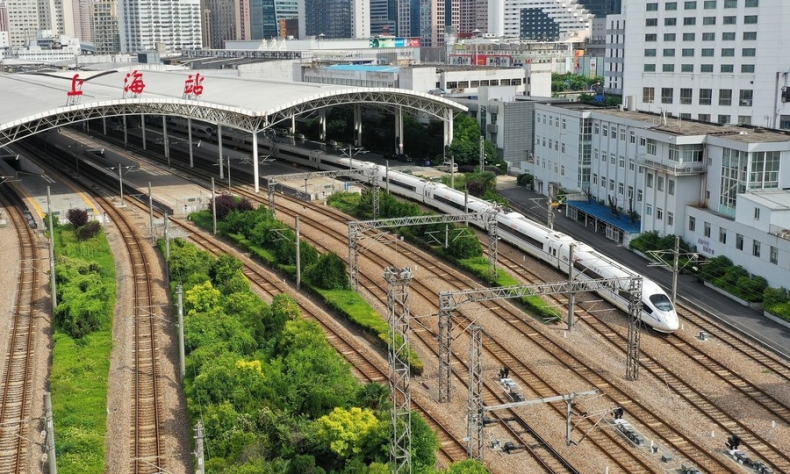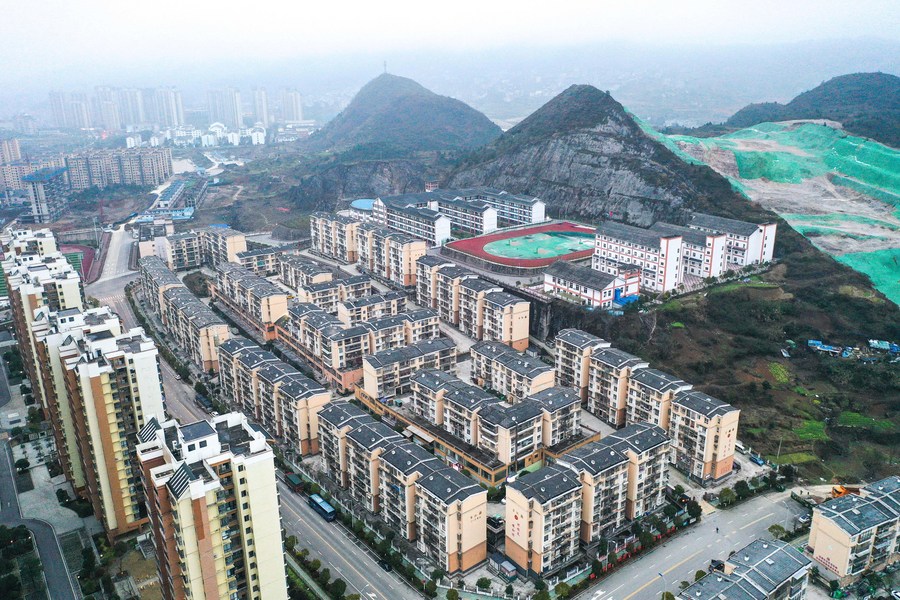Chinese Modernization Inspires Developing Countries to Seek Their Own Paths to Prosperity

Building a community with a shared future and creating a new form of human advancement are essential features of Chinese modernization. This demonstrates that China’s path to modernization will always work to make global governance fairer and more equitable and is always ready to jointly create an even brighter future for humanity.
Modernization is a systematic and continuous process that has a visible impact not only on economic and infrastructure development but also on the overall well-being of the population.
China, with its 5,000 years of uninterrupted civilization, has made profound contributions to humanity for over a millennium. For centuries before the Renaissance, China held a leading position in global economic, technological, and cultural developments. Since the onset of modern times, the Chinese have been committed to modernization to catch up with the times.
Major achievements of China in its modernization
The implementation of the reform and opening-up policy in 1978 presented China as a lucrative market for investment. It ushered in a new era of social, economic, industrial, and political developments aimed at poverty alleviation and moving quickly toward prosperity. China unveiled a strategic three-step vision for modernization as part of this policy. Guided by this vision, China reformed its old institutions, built new ones, integrated itself into the global economy, and made new achievements in modernization. Chinese citizens began to enjoy a moderately prosperous life, and China crossed the threshold for low-middle-income countries in 1999 and upper-middle-income countries in 2010.
The biggest achievement of Chinese modernization is the lifting of over 800 million people out of poverty over the past 40 years. The per capita income of those who were raised out of poverty reached 14,000 Chinese yuan ($2,100) by the end of 2022. Today, China is the world’s second-largest economy, with its GDP estimated to be 120 trillion yuan. China has maintained steady growth while overall global estimates have been on a downward slide. For many years China has contributed more than 30% to the world’s economic growth and assumes the pivot and engine of the global economy.

The success of the Chinese path to modernization has been widely recognized as a miracle in the history of human development and a pioneering undertaking in human society, offering an alternative approach to achieving modernization that is different from that of Western countries.
In its stride towards modernization, China will continue to bring development opportunities to the world, make global governance fairer and more equitable, and work with other nations to create a better future for humanity. Chinese modernization contains elements common to the modernization processes of all countries, but is characterized by features unique to the Chinese context. The Chinese path to modernization aligns with its national conditions and aspirations. And China’s achievements have inspired many developing countries to seek their own paths to development and prosperity.
The implications of Chinese modernization for global development
Chinese modernization aims to achieve shared prosperity for all and promote social equality and justice. It follows a development path featuring increased productivity, a prosperous life, and a sound ecological environment.
Today, China is a major stakeholder in preserving the environment and promoting green development, which inspires the world. In this regard, Chinese modernization can be seen as a beacon of hope for the world’s development, making enormous contributions to humanity around the world.
Chinese modernization will inject more positive energy into improving global governance as China adheres to an independent foreign policy of peace and upholds the basic norms governing international relations and international equity and justice.
Building a community with a shared future and creating a new form of human advancement are essential features of Chinese modernization. This demonstrates that China’s path to modernization will always work to make global governance fairer and more equitable and is always ready to jointly create an even brighter future for humanity. China has pledged to share its development opportunities with other developing countries and help other countries develop and improve people’s livelihoods, reflecting the importance of people-centered policies.
Dr. Waseem Ishaque is a senior fellow of Taihe Institute, a think tank based in Beijing.
 Facebook
Facebook
 Twitter
Twitter
 Linkedin
Linkedin
 Google +
Google +










